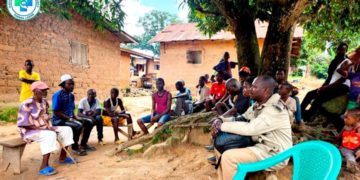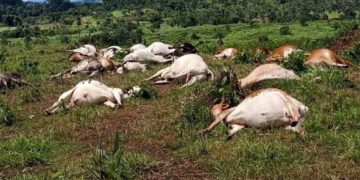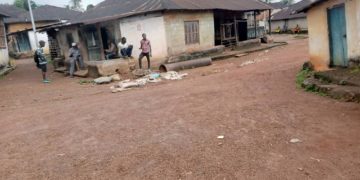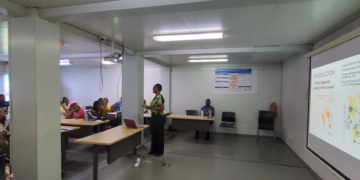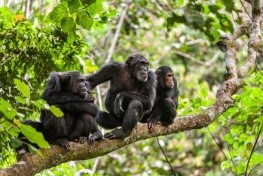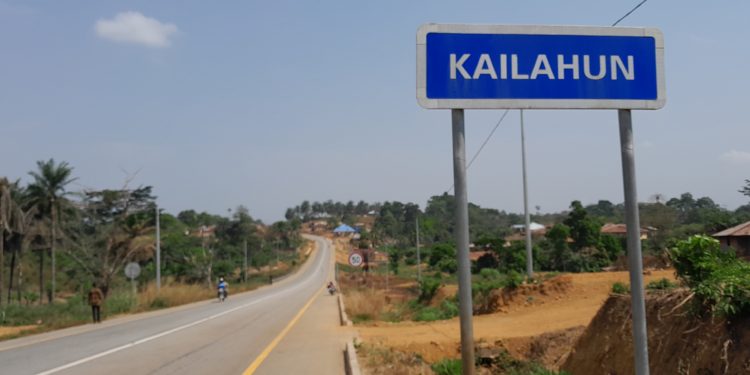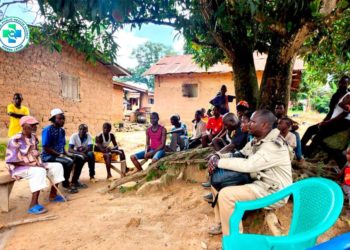Sierra Leone has imposed a temporary ban on the movement of livestock – cattle, goats, and sheep – between its border with Liberia, in response to reports of mass deaths of cattle in the neighbouring country.
The Sierra Leone government, according to a statement issued through the Ministry of Information on Monday, has also prohibited the entry of meat and all meat products from Liberia. It said the move is an “immediate preventive measure” taken as authorities investigate the death of 36 cattle in the Liberian town of Kelima Bendu, which lies about four miles from the nearest Sierra Leonean community in the eastern Kailahun District.
The animals were found dead in a field in the town which is situated in Foyah District, Lofa County, 296 km northwest of the Liberian capital, Monrovia.
The Liberian government confirmed the deaths of the animals on July 6, according to a statement from the Ministry of Agriculture (MoA) in Monrovia.
Sierra Leone shares border with Liberia in three of its 16 districts, namely Kailahun, Kenema and Pujehun. Movement of livestock, as well as meats and all meat products from these districts to the rest of the country is also prohibited, according to the statement from the office of the Acting Director of Government Information Services in Freetown.
The Ministry of Agriculture and Food Security (MAFS), the statement added, also imposed the temporary closure of all livestock markets and stepped up surveillance in all slaughterhouses in the three districts for sick animals and humans with signs and symptoms of anthrax.
There has been no indication yet what could have caused the deaths of the cattle in Liberia. The MOA said last week that it was taking the lead in a joint response under the country’s One Health Platform to uncover the cause of the death of the animals, noting that the team comprised its animal health specialists and counterparts from the Ministry of Health, the National Public Health Institute, Environmental Protection Agency, and Forestry Development Authority.
And as of July 6, when the Liberian authorities confirmed the incident, there had been no report of dead cattle in any other part of the country.
In 2014, a case of the Ebola Virus Disease entered Sierra Leone through Kailahun. That outbreak of the deadly hemorrhagic fever disease which began in Guinea became the world’s largest Ebola epidemic that claimed over 11, 300 lives, mostly in the three neighbouring Mano River Union countries.

